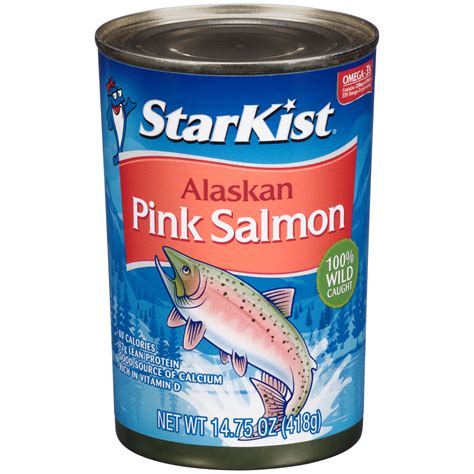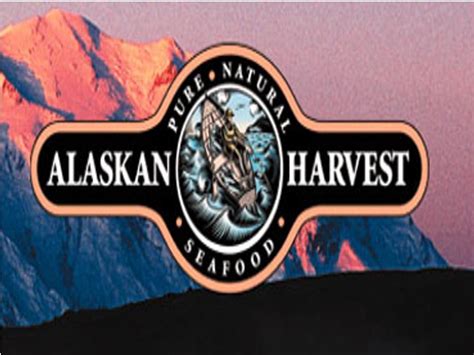What is Wild Alaska Flavor Wild Alaska Salmon?
Wild Alaska salmon is a delicacy that is highly sought-after by chefs and food enthusiasts alike. The flavor of Wild Alaska Salmon sets it apart from other types of salmon, making it a favorite among seafood lovers.
Unlike farmed salmon, Wild Alaska Salmon lives in the wild and feeds on natural food sources, giving it a more robust and complex flavor profile. Its flesh is firm, with a rich and nutty taste that is both savory and slightly sweet.
The distinct flavor of Wild Alaska Salmon is a result of the fish's natural diet, which includes plankton, krill, and small fish. This diet provides the salmon with a healthy dose of omega-3 fatty acids that give the fish its rich taste.
Because Wild Alaska Salmon is harvested in a sustainable and responsible manner, it is not only delicious but also a healthy seafood option. The fish is low in mercury and high in vitamins and minerals, making it a nutritious choice for anyone looking to maintain a healthy diet.
In conclusion, Wild Alaska Salmon offers a unique and delicious flavor that is unmatched by other types of salmon. Its firm flesh, nutty taste, and rich texture make it a favorite among seafood lovers worldwide, and its sustainable harvest ensures that it remains an environmentally conscious choice for everyone to enjoy.
Frequently Asked Questions about wild alaska flavor wild alaska salmon
Health Benefits of Wild Alaskan Salmon. Omega 3s inhibit the formation of blood clots. This is important because most heart attacks result when blood clots get stuck together in the blood vessels leading to the heart. They may protect against sudden cardiac arrest, a major cause of death from heart disease.
Fish farming is banned in Alaska, so all appropriately labeled Alaskan Salmon (including Sockeye, Coho, and King) is wild-caught salmon. Sockeye Salmon, one of my favorite salmon species, is always wild-caught.
Chinook salmon live in the upper reaches of the Pacific Ocean. Their range includes the coasts of Alaska, Western Canada, Oregon, Washington and northern California (The National Wildlife Federation, 2020). Wild salmon is a deep orange-red color, which is caused by the natural compound of carotenoids.
The taste of salmon can vary depending on the species and how it is prepared, but in general, Wild Alaskan salmon has a mildly sweet, buttery taste with a slightly firm texture. Overall, salmon is a versatile and healthy food that can be cooked in a variety of ways and used in a wide range of dishes.
Yes, when you compare the health impact and environmental effects of sockeye vs farmed Atlantic salmon. Sockeye salmon from Alaska is rich with nutrients from the wild and is more flavorful than farmed Atlantic salmon. Farmed Atlantic salmon is fed dye to resemble wild salmon, but it's much less flavorful.
Sockeye Salmon is naturally abundant in many essential nutrients and vitamins including Vitamins A, C, D and E, Naicin and Vitamin B-12! Sockeye Salmon is low in saturated fats and calories. The lifespan of an average Sockeye Salmon is 3 to 6 years.
We grow our cells in a nutrient blend that creates a nourishing environment, similar to what they'd experience inside a wild fish. Our cells grow when we feed them the same nutrients fish and humans need to thrive: protein, sugar, fat, salt and other minerals like iron and zinc.
Many consumer guides to ocean-friendly seafood list wild-caught Alaska salmon as sustainable, and the entire fishery is certified sustainable to the standards of the Marine Stewardship Council (MSC).
General Description
Sea-going sockeye salmon have iridescent silver flanks, a white belly, and a metallic green-blue top, giving them their "blueback" name. Some fine black speckling may occur on the back, but large spots are absent. Sockeye salmon are prized for their firm, bright-orange flesh.
Differences in nutritional value
Clearly, there are some nutritional differences, most notably the fat content ( 5 , 6 ). Interestingly, wild salmon seems to have higher amounts of natural minerals, including calcium and iron. Wild salmon often contains more minerals. Farmed salmon can be higher in fat.
5 Best Rated Salmon in the World
- Scottish Wild Salmon. SCOTLAND. shutterstock. Wanna try? Favorite?
- Scottish Farmed Salmon. SCOTLAND. shutterstock. Wanna try?
- Tasmanian Atlantic Salmon. Tasmania. Australia. shutterstock.
- Wild Alaska Salmon. Alaska. United States of America. shutterstock.
- Norwegian Salmon. NORWAY. shutterstock. 5.0.
People who are concerned about the mercury levels in fish can reduce their exposure by eating fish lower in mercury, such as any type of wild Alaska salmon. Everyone can eat as much wild Alaska salmon as they would like. Tuna is not caught in Alaska waters, but is often a staple in women's diets.














